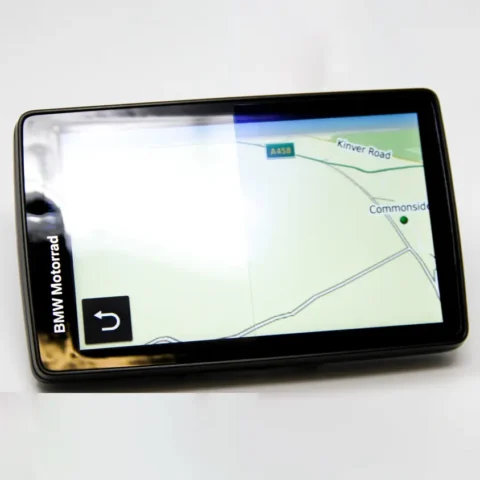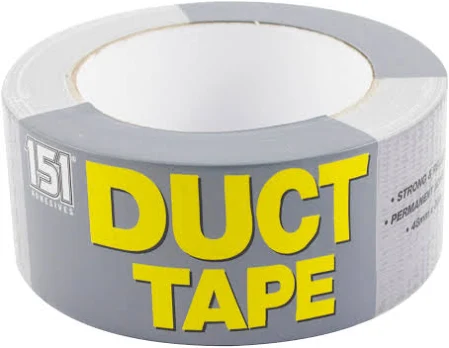
Enhance Your Garmin Nav 6 with AR Film
We’ve taken our expertise and applied it directly to your journey, developing an Anti-Reflective Film for the Garmin Nav 6
For orders placed online please contact us for an accurate shipping quote, sorry for any inconvenience.
All orders placed between December 20th and January 2nd will be processed on January 3rd

We’ve taken our expertise and applied it directly to your journey, developing an Anti-Reflective Film for the Garmin Nav 6

At Diamond Coatings, we’re not just about providing high-quality coated glass solutions; we’re also committed to manufacturing excellence

Our ITO films provide a transparent and conductive layer that enables seamless touch interaction while maintaining optimal clarity

Advancements in coating technology have led to the development of highly effective scratch-resistant coatings that enhance the durability and longevity of acrylic.

If your project requires a material that can effectively conduct electricity, several excellent alternatives to duct tape are available

The answer is a resounding yes! Thanks to innovative coating technologies, anti-fogging glass is now a reality

Our coated glass offers a range of benefits that improve clarity, touch sensitivity, and overall user experience

Diamond Coatings is pushing the boundaries of scientific research with our innovative ITO coated microscope slides.

Diamond Coatings offers high-performance anti-reflective window film that transforms ordinary windows into crystal-clear portals to the world.

See the World with Clarity Through Anti-Reflective Lenses Glare and reflections can be a real nuisance, hindering our vision and